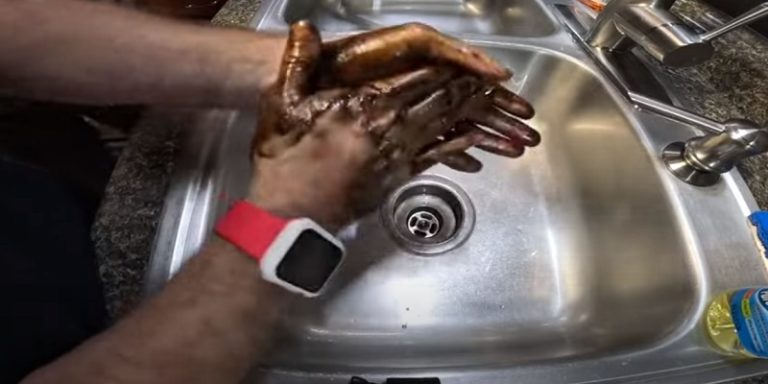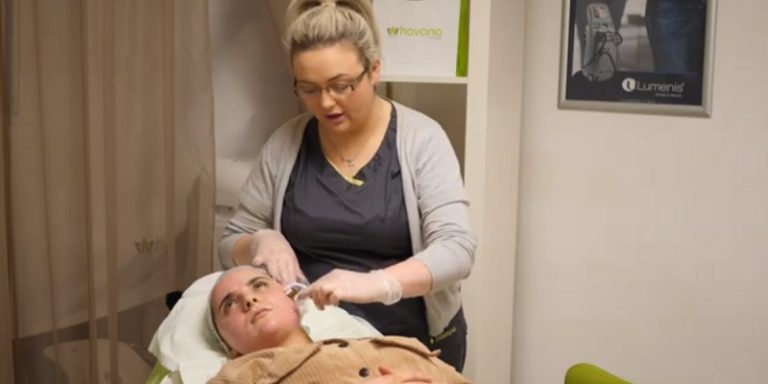Does Medicaid Cover Skin Removal Surgery?
Last Updated on June 18, 2025 by Jaclyn A. Neeley
Skin removal surgery, also known as body contouring or post-bariatric surgery, is a procedure that removes excess skin and fat after significant weight loss. This surgery is often sought by individuals who have undergone bariatric surgery or achieved substantial weight loss through diet and exercise. The question of whether Medicaid covers skin removal surgery is a common concern for many individuals considering this procedure.
Skin Removal Surgery
Skin removal surgery is typically performed to address the excess, sagging skin that can remain after significant weight loss. This excess skin can cause physical discomfort, skin irritation, and hygiene issues. Additionally, it can negatively impact a person’s self-confidence and quality of life.
Common skin removal procedures include:
- Abdominoplasty (Tummy Tuck): Removes excess skin and fat from the abdominal area and tightens the underlying muscles.
- Brachioplasty (Arm Lift): Removes excess skin and fat from the upper arms.
- Thighplasty (Thigh Lift): Removes excess skin and fat from the thighs.
- Panniculectomy: Removes the pannus, which is the apron of excess skin and fat that hangs below the abdomen.
- Lower Body Lift: Addresses excess skin and fat in the abdomen, buttocks, and outer thighs.
Medicaid Coverage for Skin Removal Surgery
Medicaid, the federal and state health insurance program for low-income individuals and families, has specific guidelines regarding coverage for skin removal surgery. Generally, Medicaid does not cover cosmetic procedures that are solely for aesthetic purposes. However, skin removal surgery may be covered if it is deemed medically necessary.The criteria for medical necessity vary from state to state, but typically include the following:
- Functional Impairment: The excess skin must cause significant functional impairment, such as difficulty with mobility, hygiene, or skin irritation and infections.
- Weight Stability: The individual must maintain a stable weight for a specified period, usually 6 to 12 months, to ensure that further weight loss will not occur.
- Medical Documentation: Detailed medical records and documentation from a physician must support the medical necessity of the procedure.
It’s important to note that even if the criteria for medical necessity are met, Medicaid coverage for skin removal surgery may still be subject to prior authorization and other requirements set by the state’s Medicaid program.
Obtaining Medicaid Coverage
If you are considering skin removal surgery and have Medicaid coverage, the following steps can help increase your chances of obtaining coverage:
- Consult with a Qualified Surgeon: Seek consultation with a board-certified plastic surgeon who has experience in dealing with Medicaid and can provide the necessary documentation to support your case.
- Gather Medical Documentation: Collect detailed medical records, including photographs, that document the functional impairment caused by the excess skin, as well as your weight loss journey and stability.
- Submit a Prior Authorization Request: Your surgeon’s office will typically submit a prior authorization request to Medicaid, along with the supporting medical documentation, to seek approval for the procedure.
- Appeal, if Necessary: If your initial request is denied, you may have the option to appeal the decision and provide additional supporting evidence.
It’s important to note that the approval process can be lengthy and may require persistence and patience.
Alternative Financing Options
If Medicaid coverage is denied or unavailable, there are alternative financing options that individuals can explore to help cover the cost of skin removal surgery:
- Medical Loans: Many healthcare financing companies offer loans specifically for cosmetic and elective procedures, often with flexible repayment terms.
- Personal Loans: Individuals with good credit may be able to secure a personal loan from a bank or credit union to finance the procedure.
- Credit Cards: While not ideal due to high interest rates, credit cards can be used to pay for the surgery, especially if a promotional 0% APR period is available.
- Payment Plans: Some plastic surgery practices offer in-house payment plans that allow patients to pay for the procedure over time.
It’s essential to carefully consider the financial implications and explore all available options before proceeding with skin removal surgery.
Conclusion
Medicaid coverage for skin removal surgery is possible if the procedure is deemed medically necessary based on the criteria set by each state’s Medicaid program. However, the approval process can be challenging, and individuals may need to explore alternative financing options if coverage is denied. Consulting with a qualified plastic surgeon and providing thorough medical documentation can increase the chances of obtaining Medicaid coverage for this procedure.
FAQs
Does NC Medicaid cover skin removal surgery?
NC Medicaid covers skin removal surgery if it is deemed medically necessary. This means the procedure must primarily restore or improve function or correct deformities resulting from congenital or developmental anomalies, disease, trauma, or previous therapeutic processes. Cosmetic procedures are not covered unless they meet these criteria and receive prior approval.
How is excess skin removed?
Excess skin is removed through surgical excision, where a surgeon makes incisions to cut away the loose skin. The procedure may involve stitching the remaining skin to create a firmer, smoother appearance. Common types of skin removal surgeries include abdominoplasty (tummy tuck), panniculectomy, Brachioplasty (arm lift), and thigh lift. These procedures often require general anesthesia and a recovery period.
Does Medicaid cover dermatology in Florida?
Yes, Florida Medicaid covers dermatology services, including diagnostic and therapeutic procedures for skin disorders. This includes active wound care management, dermatological procedures, and integumentary surgical services such as breast reconstruction and reduction mammoplasty. Coverage is available for medically necessary services, and patients should verify their specific plan’s coverage details.
What are the main differences between a panniculectomy and a tummy tuck?
A panniculectomy removes excess skin and fat from the lower abdomen, primarily for medical reasons such as hygiene issues or skin infections. It does not typically involve muscle tightening. A tummy tuck (abdominoplasty) is a cosmetic procedure that removes excess skin and fat while also tightening the abdominal muscles, often repositioning the belly button for a more contoured appearance.
How can I prove that my skin removal surgery is medically necessary?
To prove medical necessity for skin removal surgery, you need documentation from your primary care physician or surgeon. This may include medical records showing chronic health issues like rashes, infections, or ulcers caused by excess skin. Insurance companies often require a letter from your doctor detailing how the surgery will improve your health and quality of life.







